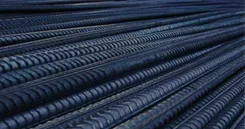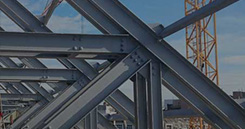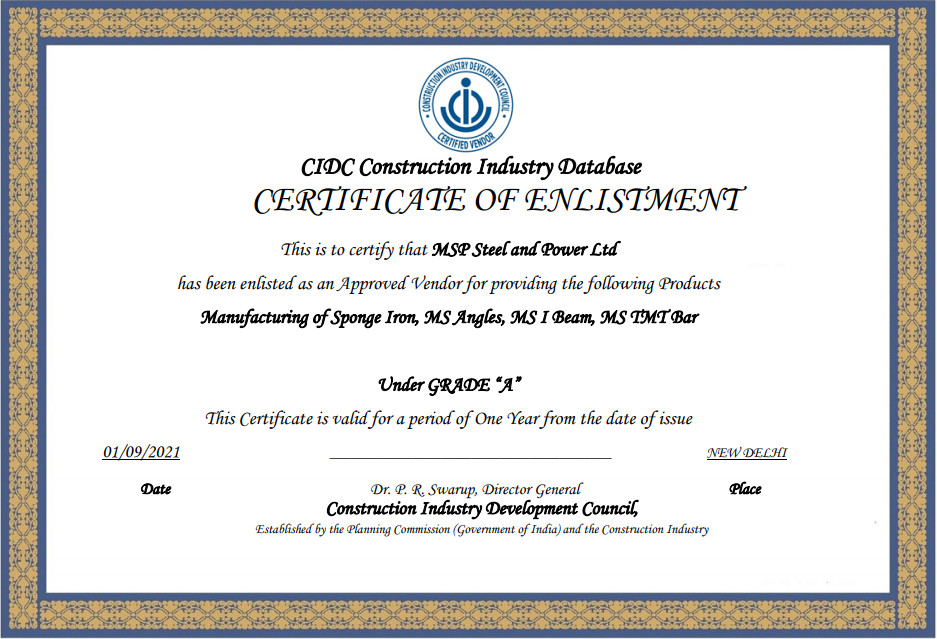
The Importance of Structural Steels in Building Construction
Introduction
In the world of construction, the choice of materials is crucial for ensuring safety, durability, and overall structural integrity. Among the many materials used, structural steels stand out as the backbone of modern building construction. Their exceptional strength, versatility, and cost-effectiveness make them an indispensable component in constructing buildings of all sizes and types. This blog explores the significance of structural steels and their role in shaping the architecture of our modern world.
What Are Structural Steels?
Structural steels are a category of steels specifically designed and manufactured for use in building construction and other structural applications. These steels are known for their high strength, excellent ductility, and suitability for load-bearing purposes. They are typically used in the construction of buildings, bridges, towers, stadiums, and other large structures where structural integrity is of utmost importance.
Composition
Structural steels are primarily composed of iron (Fe) and carbon (C), along with small amounts of other elements to enhance their properties. The carbon content in structural steels typically ranges from 0.2% to 0.25%. Other alloying elements may include manganese (Mn), silicon (Si), sulfur (S), phosphorus (P), and trace amounts of elements such as copper (Cu), nickel (Ni), chromium (Cr), and molybdenum (Mo). The specific composition and alloying elements may vary depending on the desired properties and performance requirements.
Properties
- High Strength: Structural steels are known for their exceptional strength, which enables them to bear heavy loads and resist external forces. The high tensile strength of these steels allows for the construction of tall buildings and bridges, ensuring structural stability and safety.
- Ductility: Structural steels exhibit excellent ductility, meaning they can deform under stress without fracturing. This property is crucial in structural applications, as it allows the steel to absorb energy during dynamic loads such as earthquakes or wind, preventing sudden failures.
- Toughness: Structural steels possess high toughness, enabling them to withstand impact and absorb energy without breaking. This property ensures the safety of structures and their ability to resist sudden shocks and accidental overloads.
- Weldability: Structural steels are known for their good weldability, allowing for easy and efficient joining of steel components. This property facilitates the fabrication and assembly of structures, saving time and cost during construction.
- Corrosion Resistance: While structural steels are susceptible to corrosion, they can be protected through various methods such as painting, galvanizing, or applying protective coatings. These measures enhance the steel's resistance to corrosion, extending its lifespan and ensuring long-term durability.
- Fire Resistance: Structural steels have inherent fire-resistant properties, allowing them to retain their strength even at high temperatures. This characteristic is vital for ensuring the safety of occupants during a fire and contributes to the overall fire resistance of a structure.
- Recyclability: Structural steels are highly recyclable, making them an environmentally friendly choice. At the end of a structure's life cycle, the steel components can be recycled and used in the production of new steel products, reducing waste and minimizing the environmental impact of construction.
Main types of structural steels commonly used in building construction
There are several main types of structural steels commonly used in building construction. Each type has its own unique properties and characteristics that make it suitable for specific applications, these are
- Carbon Steels
- Mild Steels
- High-Strength Low-Alloy (HSLA) Steels
- Weathering Steels
- Stainless Steels
- Structural Alloy Steels
The Role of Structural Steels in Building Construction
Structural steels play a crucial role in providing the backbone for construction projects. They serve as the primary load-bearing elements that support the weight of the structure and transfer loads to the foundation, ensuring overall structural stability and integrity. Structural steels provide the backbone for construction projects for their given characteristics,
- Load-bearing Capacity: Structural steels possess high strength and excellent load-bearing capacity, allowing them to support heavy loads and resist various forces acting upon the structure. They can withstand the vertical loads of floors, walls, and roofs, as well as horizontal loads caused by wind, earthquakes, or other external forces. The strength of structural steels enables the construction of tall buildings, bridges, and other large structures, providing a solid foundation and structural support.
- Structural Framework: Structural steels form the framework of the building, providing a skeleton-like structure that supports and connects all the components of the building. They are used to construct beams, columns, and trusses, which distribute the loads throughout the structure and maintain its stability. The framework created by structural steels ensures that the building can withstand various loads and maintain its shape and integrity over time.
- Flexibility and Versatility: Structural steels offer flexibility and versatility in design and construction. They can be fabricated and shaped into various forms and sizes, accommodating the vision of architects and meeting the functional requirements of different structures. Whether it's creating curved or straight beams, complex trusses, or intricate frameworks, structural steels provide the freedom to design innovative and efficient structures.
- Speed and Efficiency: Structural steels contribute to the speed and efficiency of construction projects. They can be manufactured off-site in controlled conditions, allowing for precise fabrication and accurate measurements. This prefabrication process reduces construction time and facilitates faster assembly on-site. Structural steels are designed to fit together easily, enabling efficient construction processes and reducing labour and material costs.
- Safety and Durability: Ensuring the safety and durability of a structure is paramount, and structural steels offer excellent properties in this regard. They are designed to withstand various environmental and loading conditions, providing a high level of structural integrity and safety for occupants. Structural steels are resistant to corrosion, fire, and other forms of degradation, ensuring the long-term durability and reliability of the structure.
- Sustainable Construction: Structural steels contribute to sustainable construction practices. They are highly recyclable, and at the end of a building's life cycle, the steel components can be recycled and used in the production of new steel products. This reduces waste and minimizes the environmental impact of construction. Additionally, the lightweight nature of structural steels can lead to reduced energy consumption during transportation and construction, further enhancing sustainability.
Benefits of Using Structural Steels
- Unmatched Strength
Structural steels possess unparalleled strength and load-bearing capabilities, making them ideal for supporting heavy loads and resisting various forces. The high tensile strength of these steels enables architects and engineers to design buildings that can withstand seismic activities, extreme weather conditions, and other potential hazards. The remarkable strength-to-weight ratio of structural steels allows for the construction of towering skyscrapers and expansive bridges, providing a sense of security and stability.
- Design Flexibility
One of the key advantages of structural steels lies in their versatility, which allows for creative and innovative architectural designs. Unlike other materials, steels can be fabricated and shaped into various forms, accommodating the vision of architects and meeting the functional requirements of different structures. Whether it's curved or straight beams, trusses, columns, or even intricate frameworks, structural steels offer endless possibilities, enabling architects to push the boundaries of design and create iconic landmarks.
- Speed and Efficiency
Time is of the essence in the construction industry, and structural steels provide a distinct advantage in terms of speed and efficiency. Due to their prefabricated nature, these steels can be manufactured off-site, saving valuable construction time. The accurate fabrication and precise measurements of structural steel components facilitate easy assembly and faster construction, reducing overall project timelines. This efficiency not only saves costs but also minimizes disruptions to the surrounding environment and communities.
- Durability and Sustainability
Building structures that are built to last is a paramount consideration, and structural steels excel in this regard. These steels possess excellent durability, withstanding corrosion, rot, and decay far better than other materials. Moreover, the long lifespan of structural steels reduces the need for frequent maintenance and replacements, making them a cost-effective choice in the long run. Additionally, steel is highly recyclable, making it an environmentally friendly option and contributing to sustainable construction practices.
- Safety First
Ensuring the safety of occupants is a top priority in building construction, and structural steels play a crucial role in this aspect. The inherent strength and ductility of these steels provide excellent resistance against fire, making them a preferred choice for fire-resistant structures. Additionally, their predictable behaviour during extreme events, such as earthquakes, allows engineers to design structures that can withstand and absorb seismic forces, minimizing the risk of collapse and ensuring the safety of occupants.
Conclusion
From towering skyscrapers to intricate bridges, structural steels form the backbone of modern building construction, offering unmatched strength, versatility, and efficiency. Their ability to withstand heavy loads, provide design flexibility, and ensure safety makes them an essential component in constructing durable and aesthetically appealing structures. As the construction industry continues to evolve, structural steels will undoubtedly continue to shape the architecture of our world, enabling the creation of iconic landmarks and safe living spaces for generations to come.





















